Unit Study: The Science of Snow

Our local public school was on vacation this week. I don’t usually take those weeks completely off, but they are perfect weeks to drop the regular curriculum and enjoy a fun unit study.
Though some of you may be fortunate enough that late February is the end of winter, in Maine spring is still weeks (months!) away. Great timing for a unit study on snow, focusing on the scientific aspects of snowflakes and crystals. After piquing their interest with the microscopic wonder of snowflakes I wanted to teach them about crystals and answer the question: Is it true that no two snowflakes are alike?
Wow! Snowflakes are miraculous!

I laid the foundation for their interest a couple weeks ago when I saw large, beautiful flakes falling outside. Grabbing the piece of black paper I’d been keeping in my freezer for just such an occasion, we headed outside with various magnification tools: hand lenses, pocket microscopes, and a stereoscope. I highly recommend this activity whether you go on to study snowflakes or not.
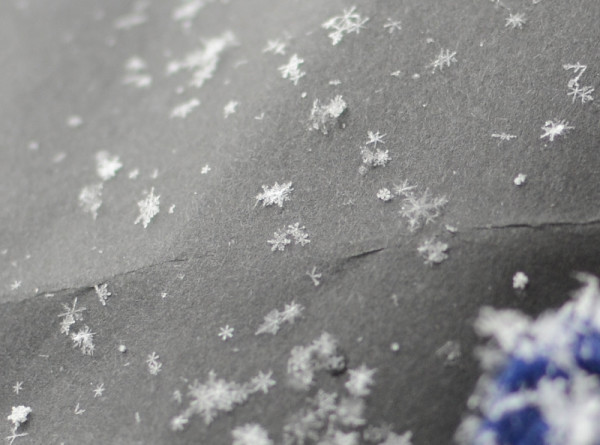
Then this week we kicked off the unit with the picture book Snowflake Bentley about Wilson Bentley, a man who lived in Vermont and spent his life photographing snowflakes to share their beauty with the world.
Homeschool Share offers a free lapbook to go along with this book and is where I found all the minibooks we used. We also perused the thousands of images in Wilson Bentley’s original book, Snow Crystals.
Learning about snowflakes and crystals

What better way to learn about crystals than to grow them? Making Borax snowflakes gave us the chance to watch crystal formation and drive home the main point: crystals arrange themselves into the patterns dictated by their molecules. While Borax crystals are simple cubes it is the same process that forms the intricate patterns found in each snowflake.

We brought in some snow and made guesses about how much water we would have when it melted. (All of our guesses were too high!) A nice printable from the Homeschool Share unit recorded the information. I used the physical demonstration from Living and Learning at Home to explain the scientific basis for it: we stood near each other with our arms out and realized we couldn’t stand very close to each other. With arms at our side we could pack ourselves in much more closely–just like the water molecules!

We brought out the microscopes to examine crystals of Borax, salt and sugar. My favorite part about using microscopes is how they increase our wonder at nature: when you see the tiny details you can’t help but be amazed!
Is it true that no two snowflakes are alike?
The book I used to cover the scientific information was The Snowflake: Winter’s Secret Beauty by Kenneth Libbrecht. This book was too advanced to be used as a read aloud, but was perfect for a picture walk. We looked at the images of modern snowflake photography and read the informative captions. This is great video clip about the author:
Once we learned about the factors affecting snow crystal formation, temperature and humidity, it was easy to understand the variety of patterns. As each individual snow crystal moves through different parts of the cloud due to wind and gravity the shapes on the branches tell the history of the conditions it went through. Since no two snowflakes follow exactly the same path to the ground, no two will be truly identical!
The Extras

I usually can’t resist a little themed food when we’re studying a topic. Melted snowman cocoa and a snowman bagel fit the bill perfectly. The bagel face is made from blueberries and a piece of dried apricot. (Note: Be sure you have regular cream cheese for the bagel. Don’t be like me and only have chive and onion cream cheese.)

To finish the week we enjoyed a snowman art project from Deep Space Sparkle. She based it on the book Snowmen at Night, a delightful picture book we’ve enjoyed for years.
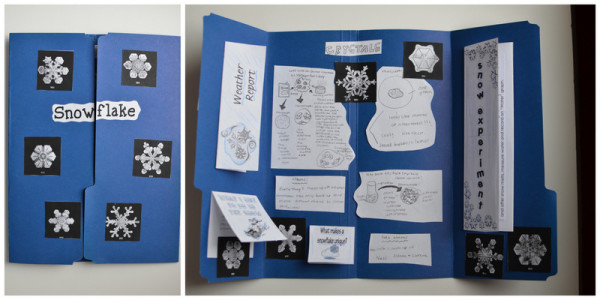
Inside my daughter’s lapbook you can see the minibooks from the Homeschool Share unit and drawings she made when we examined crystals under the microscope.
If you’re still in the throes of winter like me, take a peek at my Winter Activities Pinterest board. You’ll find ideas that are educational, crafty, and just plain fun!
I’m linking up with these great hostesses–join the fun and see what other homeschoolers are doing!












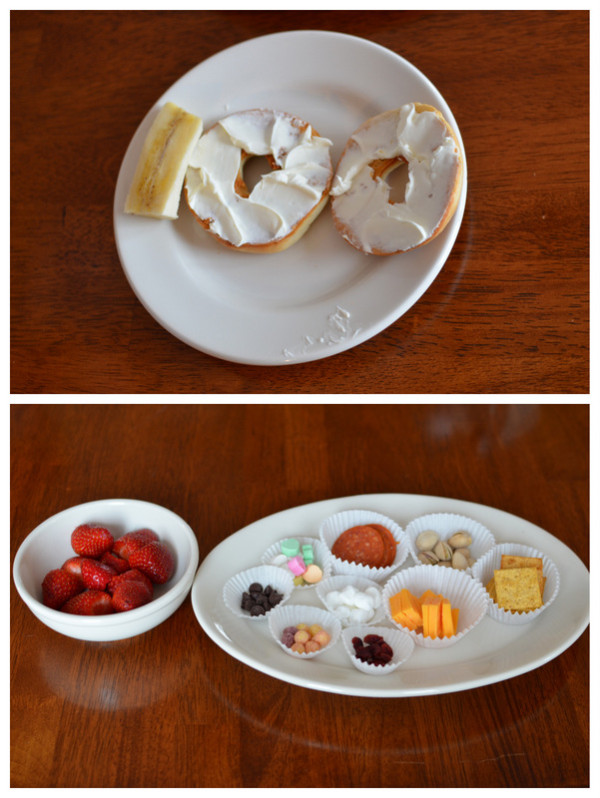








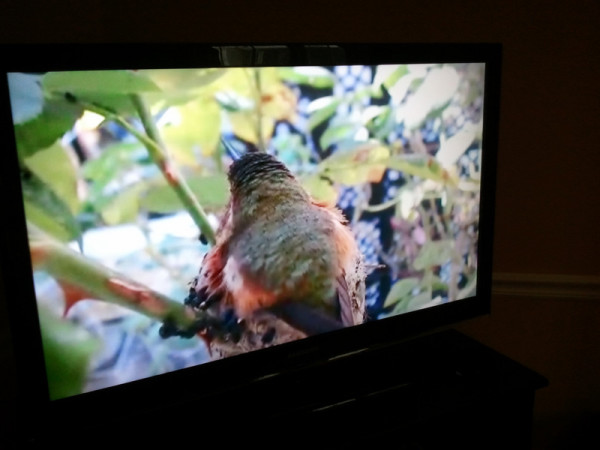




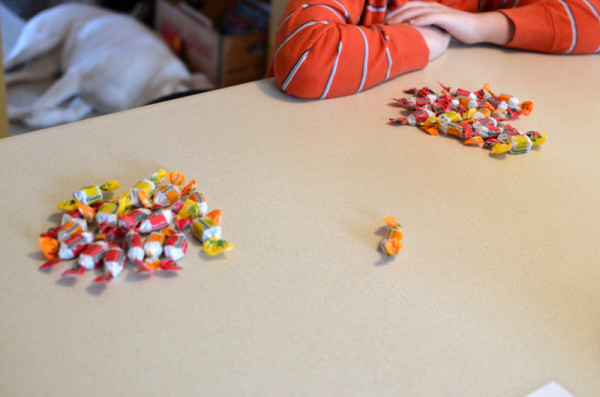

 Hi, I'm Heidi and I homeschool my two sweet kids. I want them to know that learning is an exciting lifelong adventure! We love great books, unit studies, notebooking, lapbooking, and hands-on learning.
Hi, I'm Heidi and I homeschool my two sweet kids. I want them to know that learning is an exciting lifelong adventure! We love great books, unit studies, notebooking, lapbooking, and hands-on learning.



